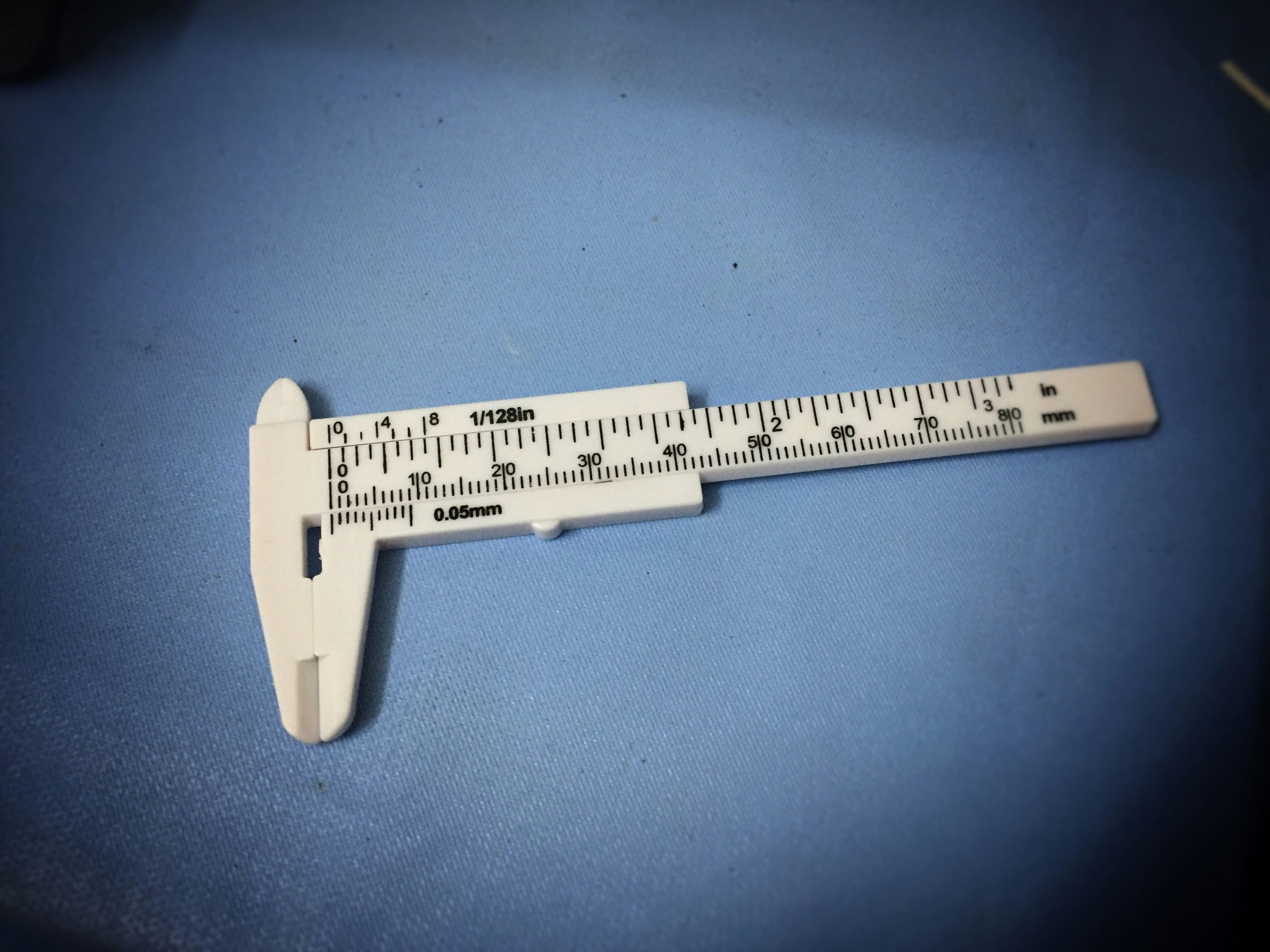Molecular Soldering: Nano-Scale Connections Using DNA Origami
Welcome to the world of molecular soldering, where nature’s building blocks, DNA, are utilized to create nano-scale connections! This revolutionary technique, known as DNA origami, has opened up a whole new realm of possibilities in the field of nanotechnology. With the ability to precisely manipulate DNA molecules and engineer them into intricate structures, scientists have found a way to mimic the process of soldering at the molecular level. Let’s dive deeper into the fascinating world of molecular soldering and learn about its potential applications and impacts on various industries.
The Concept of Molecular Soldering
Traditional soldering involves using a heated metal alloy to join two surfaces together. Similarly, molecular soldering involves using DNA as a template to join two molecules together. This technique utilizes the base-pairing property of DNA to bring two molecules in close proximity and form a bond between them. This process is highly precise and allows for the creation of nano-scale connections with unmatched accuracy and control.
The Role of DNA Origami
In order to carry out molecular soldering, scientists use DNA origami – a technique developed by Paul Rothemund in 2006. This technique involves manipulating a long single-stranded DNA molecule into a desired shape by folding it using short complementary DNA sequences, also known as staples. The resulting structure resembles a flimsy origami that can be used as a scaffold for molecular soldering.
The beauty of DNA origami lies in its versatility and programmability. Scientists can design and engineer specific DNA origami shapes according to their needs, making this technique highly customizable. Additionally, it can also be used to create complex and intricate nanostructures with precise and predictable bonding sites for molecular soldering.
Potential Applications of Molecular Soldering
The applications of molecular soldering are vast and diverse, and they have the potential to revolutionize various industries. Let’s take a look at a few potential applications of this breakthrough technology.
Nanoscale Electronics
One of the most promising applications of molecular soldering is in nanoscale electronics. Currently, the miniaturization of electronic devices is limited by the size of traditional soldering techniques. With molecular soldering, it is possible to create nano-scale connections between tiny electronic components, paving the way for even smaller and more powerful devices.
Biomedical Applications
Molecular soldering has the potential to transform the field of biomedicine. Scientists can use this technique to create nano-scale drug delivery systems, where the drugs are precisely attached to specific molecules using molecular soldering. This can significantly improve drug efficacy and reduce side effects. Additionally, molecular soldering can also be used to create biosensors that can detect and target specific biological molecules with high accuracy.
Material Science and Engineering
The materials industry can also benefit greatly from molecular soldering. This technology can be used to create nano-scale connections between different materials, enabling the engineering of advanced and durable composites with enhanced properties. It can also be used to create highly stable and efficient energy storage devices, such as batteries and supercapacitors.
The Impact of Molecular Soldering
The discovery and development of molecular soldering have opened up endless possibilities in the world of nanotechnology. This revolutionary technique can potentially bridge the gap between biology and technology, leading to more advanced and efficient systems in various fields. It has also paved the way for new and innovative research and advancements in the field of DNA origami and nanotechnology as a whole.
In conclusion, molecular soldering is an incredibly powerful and precise technique that has the potential to transform the way we think about and engineer at the molecular level. By capitalizing on the natural properties of DNA, scientists are unlocking the power of molecular soldering and exploring new frontiers in nanotechnology. With continued research and development, the possibilities of this groundbreaking technology are truly limitless.











